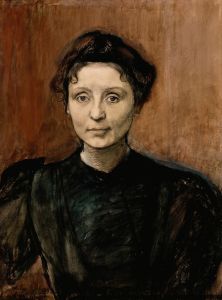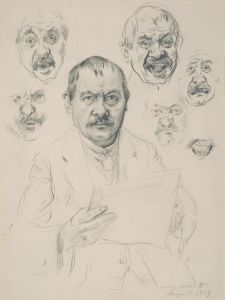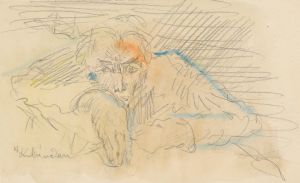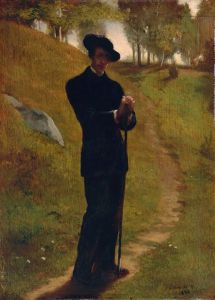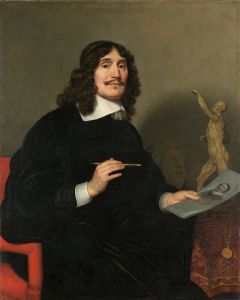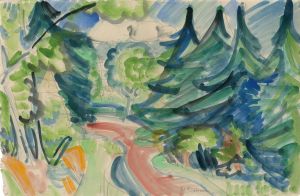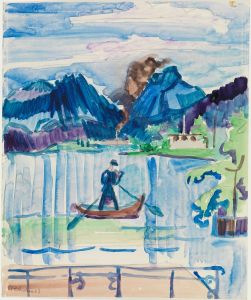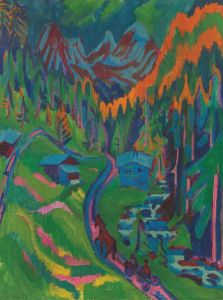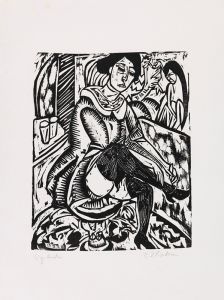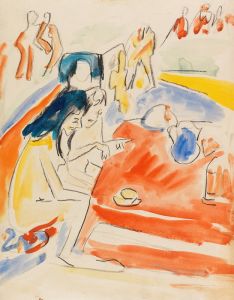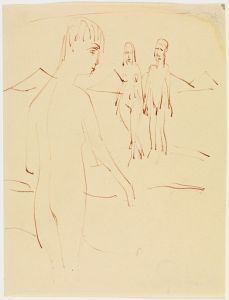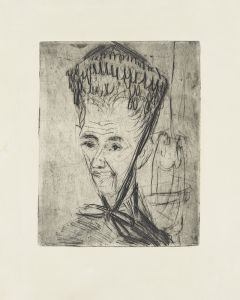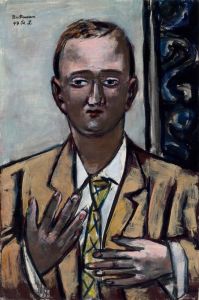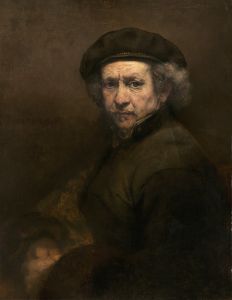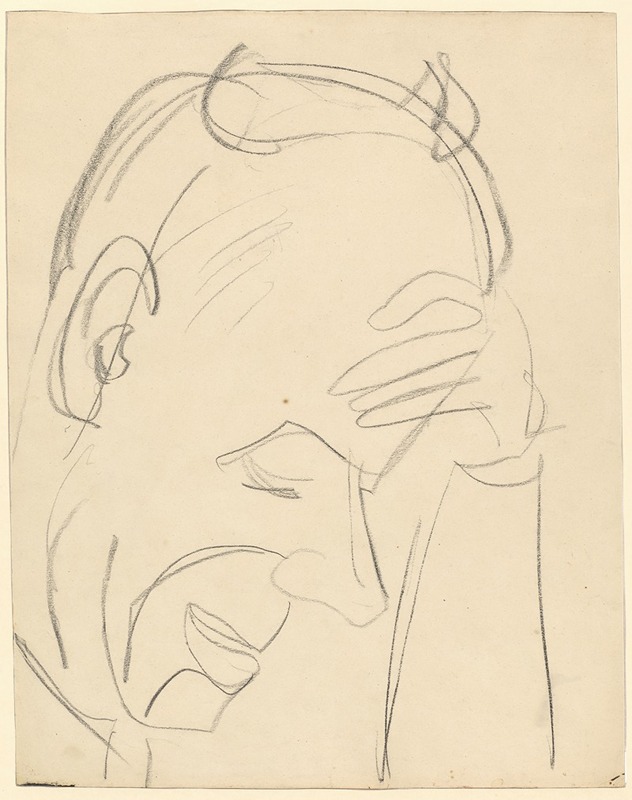
Porträt
A hand-painted replica of Ernst Ludwig Kirchner’s masterpiece Porträt, meticulously crafted by professional artists to capture the true essence of the original. Each piece is created with museum-quality canvas and rare mineral pigments, carefully painted by experienced artists with delicate brushstrokes and rich, layered colors to perfectly recreate the texture of the original artwork. Unlike machine-printed reproductions, this hand-painted version brings the painting to life, infused with the artist’s emotions and skill in every stroke. Whether for personal collection or home decoration, it instantly elevates the artistic atmosphere of any space.
Ernst Ludwig Kirchner was a prominent German expressionist painter and one of the founding members of the artist group Die Brücke (The Bridge), which played a pivotal role in the development of modern art in the early 20th century. Kirchner's work is characterized by its bold use of color, dynamic compositions, and emotional intensity. Among his many works, Kirchner created numerous portraits that reflect his unique style and artistic vision.
Kirchner's portraits often capture the psychological depth and complexity of his subjects, using exaggerated forms and vibrant colors to convey emotion and mood. His approach to portraiture was heavily influenced by the expressionist movement, which sought to depict subjective emotions and experiences rather than objective reality. This is evident in the way Kirchner portrayed his subjects with distorted features and intense expressions, aiming to reveal their inner lives.
One of the notable aspects of Kirchner's portraiture is his use of color. He often employed non-naturalistic colors to enhance the emotional impact of his works. This technique was part of a broader expressionist strategy to break away from traditional artistic conventions and explore new ways of representing the human experience. Kirchner's use of color was not only a stylistic choice but also a means of communicating the psychological states of his subjects.
Kirchner's portraits also reflect his interest in the modern urban environment and the changing social dynamics of his time. Many of his subjects were drawn from the bohemian circles of Berlin, where he lived and worked for much of his career. These portraits often depict artists, dancers, and other figures from the avant-garde scene, capturing the spirit of innovation and experimentation that characterized the early 20th century.
In addition to his paintings, Kirchner was also an accomplished printmaker and draughtsman, and his portraits can be found in various media, including woodcuts and drawings. His work in these areas further demonstrates his versatility and commitment to exploring different artistic techniques.
Kirchner's career was tragically affected by the political and social upheavals of his time. The rise of the Nazi regime in Germany led to the condemnation of his work as "degenerate art," and many of his pieces were removed from public collections. Despite these challenges, Kirchner's legacy as a pioneering expressionist artist endures, and his portraits continue to be celebrated for their emotional depth and innovative style.
Today, Kirchner's works are held in major museums and collections around the world, where they continue to be studied and appreciated for their contribution to the development of modern art. His portraits, in particular, remain a testament to his ability to capture the complexities of the human condition through the lens of expressionism.





